The Single Scene That Defined Fan-Favorite Star Trek Character
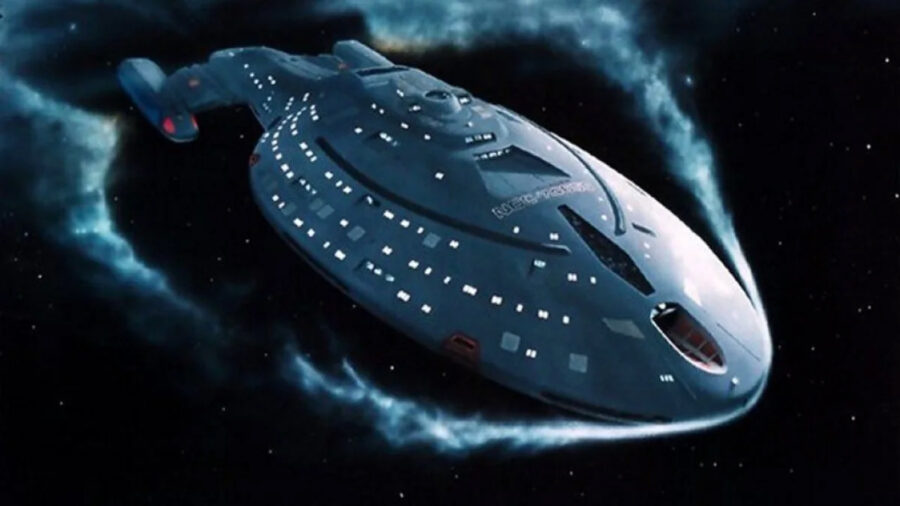
In Star Trek: Voyager, the holographic Doctor quickly became a fan-favorite character thanks to the outstanding performance of Robert Picardo. Some fans, though, wondered how a character that was basically walking, talking AI could develop such a curmudgeonly demeanor. Picardo himself had trouble getting a handle on the character until he read a scene in the episode “Parallax” and realized his character would be annoyed at his vast knowledge being wasted on a crew who mostly treated him like any other piece of equipment.
Robert Picardo Struggled At First With His Character
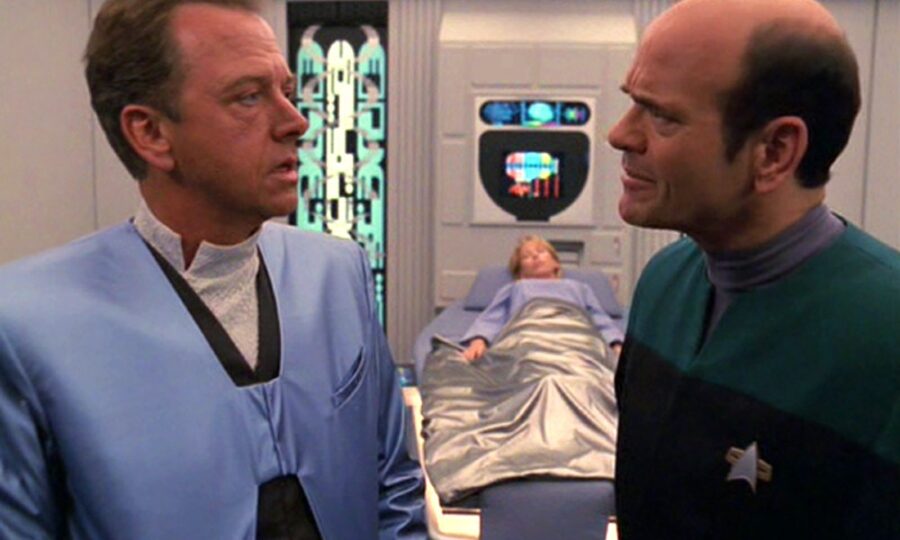
To understand this Star Trek actor’s revelation regarding the holographic Doctor, you need to understand a bit about the episode itself. “Parallax” featured the combined Starfleet and Maquis crew reluctantly learning how to work alongside each other even as the ship gets caught inside a quantum singularity. This culminates with the discovery of a second Voyager inside the event horizon, resulting in the first of many hard Captain Janeway decisions as she must choose which ship is the right one.
As Star Trek: Voyager stories went, this one didn’t heavily feature the Doctor, but it did lead to a breakthrough in Robert Picardo’s understanding of the character.
Parallax Was A Turning Point
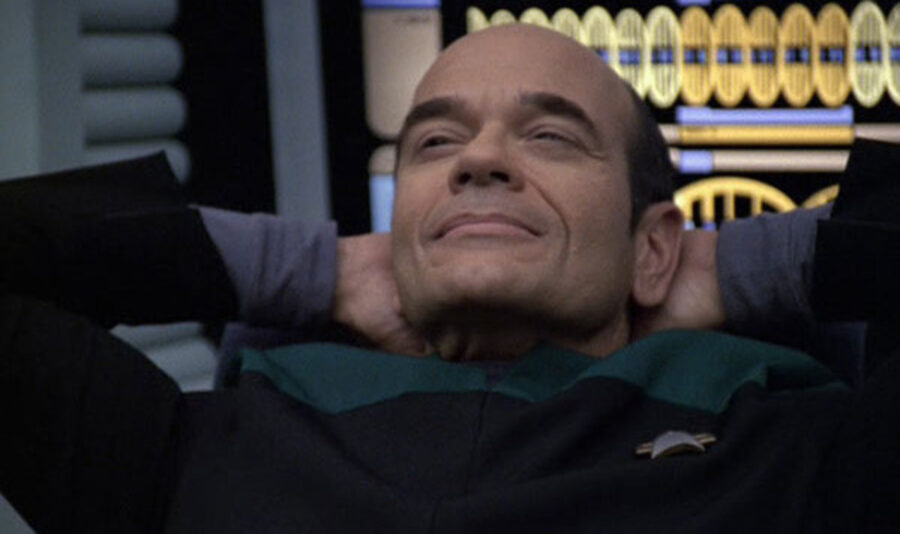
He later said that everything clicked for him when he read the scene where Kes requests the Doctor’s help with some soil samples and he starts going off about how he’s no longer used only for medical use (after all, he is an Emergency Medical Hologram) and will be at everyone’s beck and call for every minor matter. The hologram’s outsized reaction to her request offered Picardo his first “major clue” to this unconventional character, especially once he put himself in the character’s shoes.
Discovering The Doctor’s Motivation
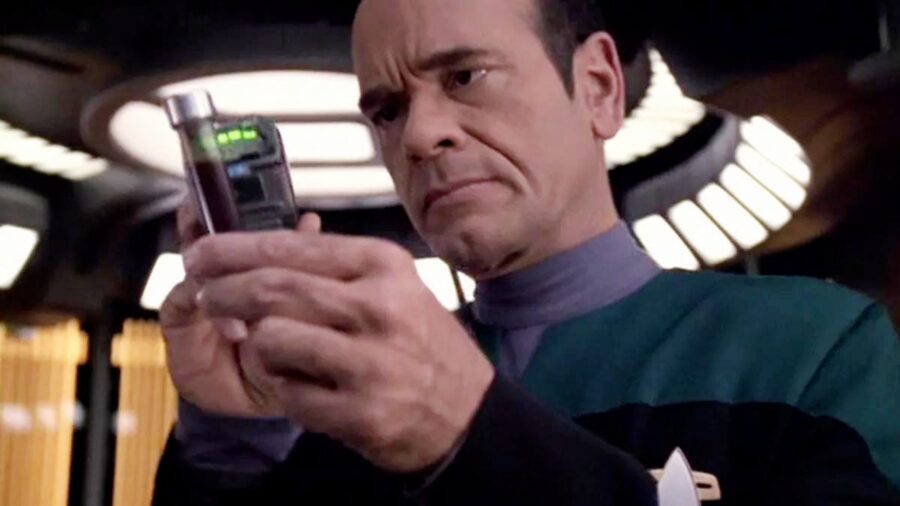
According to Star Trek icon Picardo, the Doctor has “this wealth of knowledge” that is meant to be a “combination of everything that we know about medicine in the 24th century.” Despite this, “any idiot on the crew, can turn him on or off like a light switch.” The actor concluded “that would piss me off” and determined that this was exactly what happened with the ship’s EMH, basically building that righteous annoyance into his early performances.
For the actor, this helped inform his future performances in this fan-favorite role. Speaking as fans ourselves, Picardo’s revelation while reading this Star Trek script helped the Doctor make sense to us as well.
Even A Hologram Can Feel
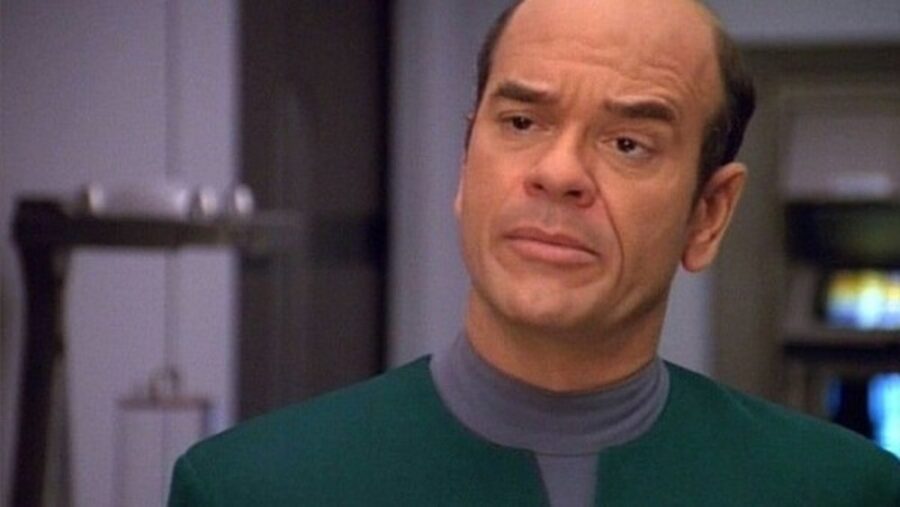
His character isn’t cranky because of the kinds of human baggage that former onscreen doctors like McCoy and Pulaski had. Instead, he is someone who feels like his supreme talents are being wasted, and the fact that the crew initially treats him the same way they treat phasers, shuttles, or other inanimate objects adds the kind of insult to injury that even a hologram could feel.
Evolved Alongside The Rest Of The Crew
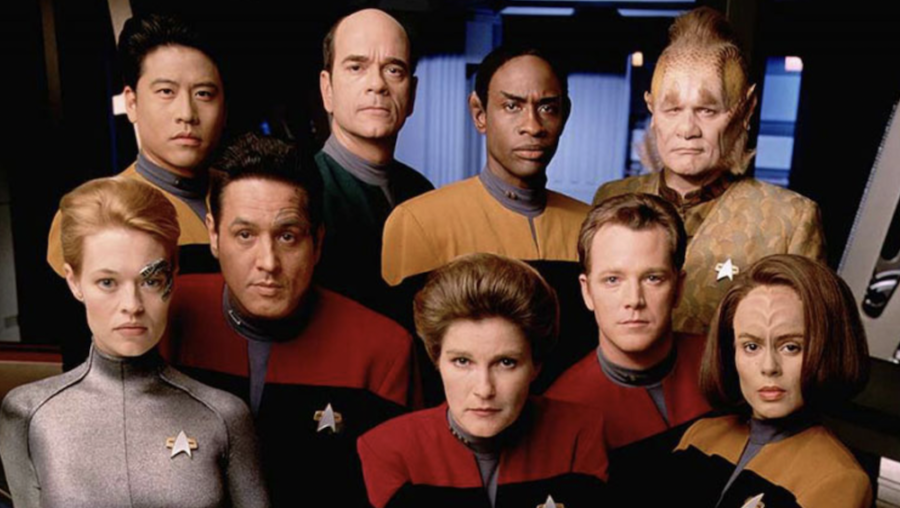
Fortunately for the actor and Star Trek fans alike, the Doctor’s character evolved over time, as did his relationship with the crew.
The EMH was eventually treated with the dignity and respect that he deserved as both a medical marvel and a sentient being, and his attitude subsequently softened into gentle crankiness rather than prickly anger. Those character developments and the evolution of Robert Picardo’s killer performance might never have happened, though, if not for one quiet scene in a largely forgotten Voyager episode.












